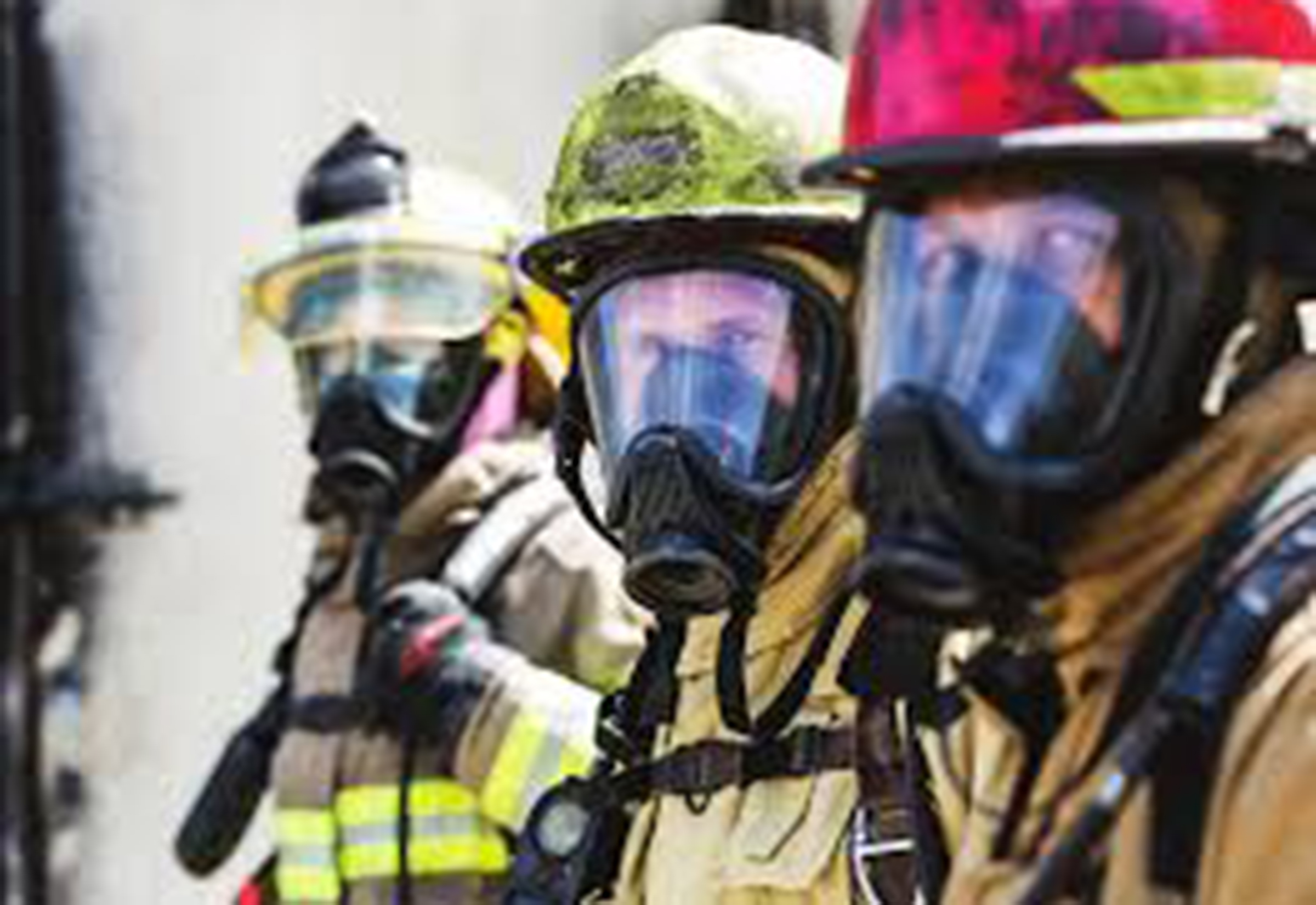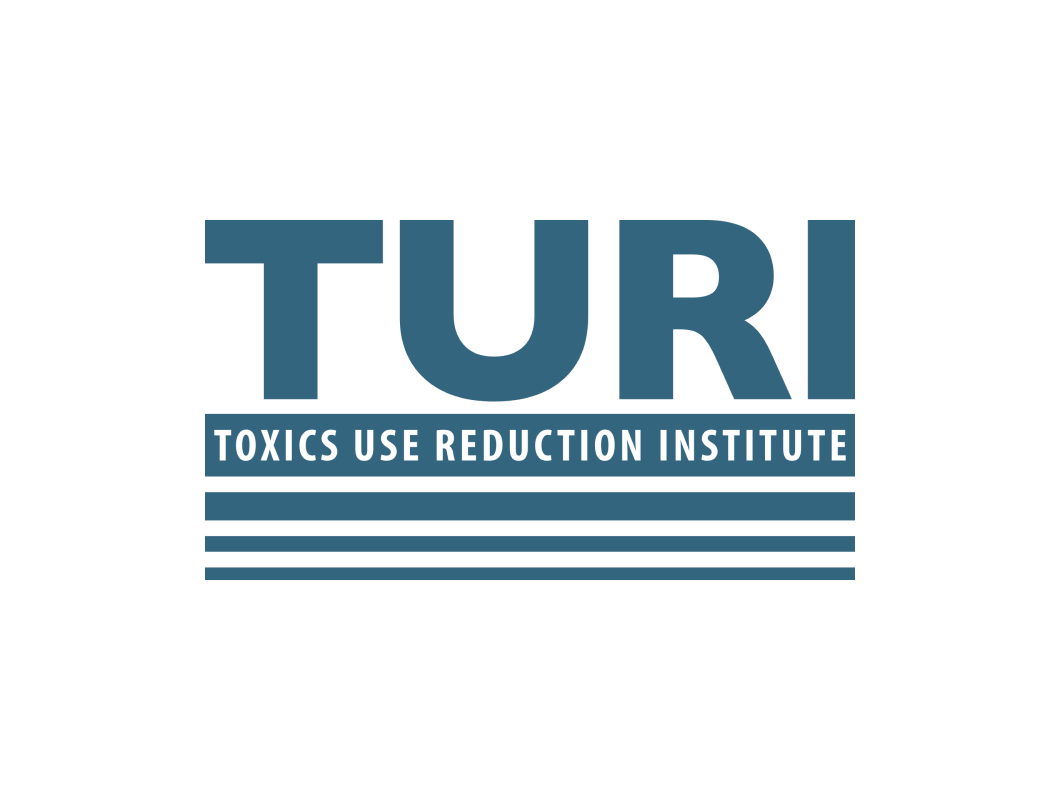

Flame Retardants
Since the 1950s, synthetic flame retardant chemicals have been added to a range of products to meet flammability standards. The earliest products were fabrics, then carpets, rugs, children’s sleepwear, mattresses, mattress pads, upholstered furniture, followed by plastic building insulation, automobiles and aircraft, coatings, adhesives and electronics.
The repeated discovery of adverse human and environmental health effects of these chemicals, as well as the widespread exposure of people and wildlife to these toxic substances, raised many questions surrounding their use. Firefighters in particular began to question the benefits of these chemical flame retardants. As governments took action locally, nationally and internationally to restrict the use of certain flame retardants, many of the ‘safer’ alternatives promoted and deployed were later identified as problematic for human health or the environment – becoming quintessential examples of “regrettable substitution.”
TURI is engaged in finding safer alternatives to various toxic flame retardants, while maintaining fire safety for everyone.
Featured Documents
SUSTAINABLE ROUTES TO NON-HALOGENATED FLAME RETARDANTS BASED ON PHENOLIC MONOMERS. 2009.
The Academic Research program is a project of the Toxics Use Reduction Institute (TURI). The program taps the research capabilities of the University of Massachusetts to advance the investigation, development and evaluation of sustainable technologies that are environmentally, occupationally and economically sound.
MA Flame Retardants Law Presentation
MA Flame Retardants Law, 2020. An Act To Protect Children, Families and Firefighters from Harmful Flame Retardants


